The best material for your dining table depends on how you will be using it and how much maintenance you want to do. Below are some pros and cons of popular materials.
Popular Wood Types
Walnut. A classic hardwood renowned for its rich color, density, and durability, making it ideal for daily use. However, it can be expensive.
Oak. One of the most popular types of wood for tables due to its durability, family-friendliness, minimal maintenance, and lower cost than some other wood types.
Acacia. Known for its beautiful grain, acacia is highly durable and suitable for heavy use. Maintenance involves simple cleaning and occasional oiling.
Mahogany. Rich, elegant, and timeless mahogany dining tables are frequently found in traditional dining rooms. Mahogany has fewer knots than other types of wood, creating a smoother appearance. However, it is more expensive.
Mango. Mango wood requires only simple cleaning because of its sustainability and unique grain patterns. However, it is less durable than other woods and not ideal for daily use.
Rubberwood. Rubberwood is durable enough for daily table use when treated as a medium-density light-colored hardwood that is considered cost-effective and environmentally friendly when properly harvested. However, treatment often involves chemicals, and rubberwood may trigger latex allergies in some people.
Other Popular Dining Table Materials
Marble. Elegant marble is one of the most popular dining table materials. As a stone, it is highly durable overall. However, marble is heavy and expensive and can stain easily, chip, or crack.
Metal. Metal is one of the most practical dining table materials, given its durability and low maintenance, and it can fit any design style. For example, dark and distressed metal finishes suit the industrial style, polished finishes suit the contemporary style, and dark and smooth metals suit the traditional style.
Glass. Tempered glass tables resist breakage, keep sightlines open, and fit a range of styles. However, glass tends to show fingerprints readily.
Stone. Every type of stone is unique, and it can last a lifetime. However, it is more expensive and heavier, than many other materials, and can be fragile, so ensure the appropriate room and care when selecting this type of material. Use only suitable for natural stone cleaners.
Best Materials forEasy maintenance: Metal and most hardwoods.A luxury look: Marble, granite, and other stones; mahogany, ebony, cherry, and walnut woods.Longevity: Metal, hardwood, stone, cement.
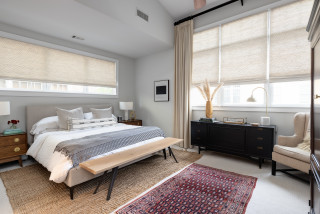
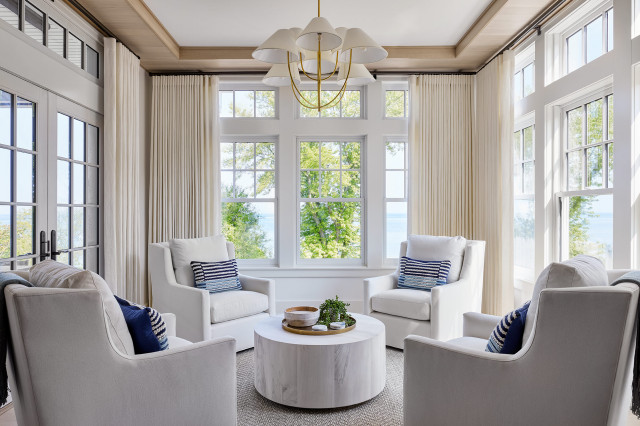
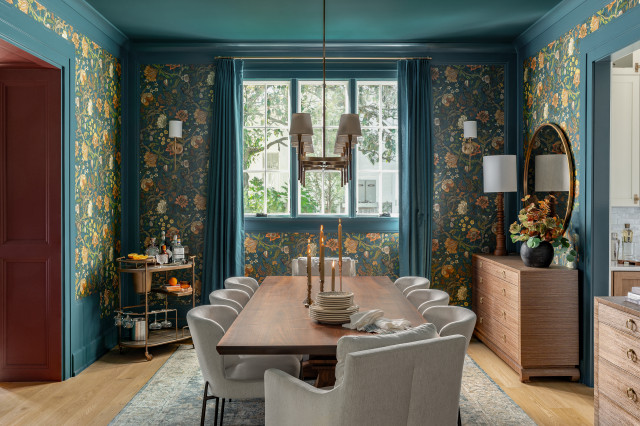


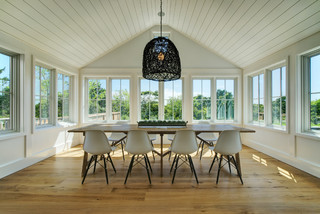
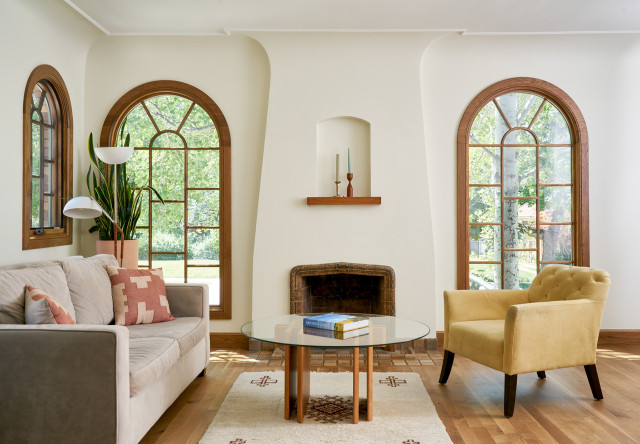
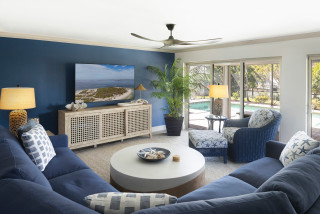
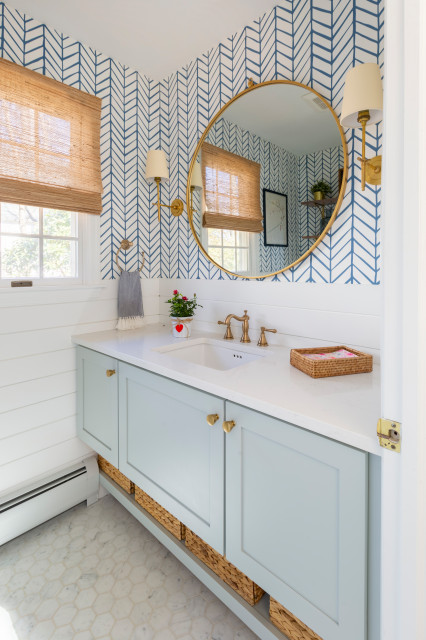
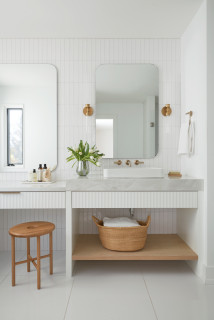

“Lighting can completely transform a color,” Au says. “It all depends on the quality of light. South-facing rooms get lots of natural light, so the yellow and red undertones in a color will be emphasized.
“This is why we always recommend getting samples so you can see the color in the room throughout the day as well as in artificial light,” she says. “Paint on large bits of card rather than straight onto your walls. You can then move them around the room at different times of the day to see how they react to the light.”
“Whether it’s artificial lighting or daylight in a room, you must know what you’re working with in order to pick the right color,” Fournet says. “North- and east-facing rooms get a bad press as they receive less sun, but I say they should be embraced rather than feared. North-facing rooms can still look warm and cozy if you choose red-based neutrals or darker colors.
“For east-facing rooms, sharper, cooler shades, such as aquamarines, greens and blues — not the muddier tones — work well,” she says. “South- and west-facing rooms are where you can have a bit more freedom, but be careful with neutrals in a south-facing room. They can often be too light and end up looking bleached out, so don’t be scared to add a bit of an undertone.”
How to Decorate a Living Room